The Global Wake-Up Call

While the dust settled from COVID-19, health experts globally delivered a sobering message: “All countries remain dangerously unprepared for future epidemic and pandemic threats” and “no country is fully prepared for future pandemic or epidemic threats.” This harsh reality extends to individual states within America. The average global preparedness score sits at just 40.2 out of 100, indicating that even the most prepared nations have significant gaps. States face an even more complex challenge, balancing federal coordination with local needs and varying resources.
Federal Framework Sets the Foundation

The State Department established the Bureau of Global Health Security and Diplomacy in August 2023, signaling renewed commitment to pandemic preparedness. But federal support only goes so far. Pandemic preparedness had been a federal priority since 2005, when President George W. Bush devoted $7 billion to the cause, yet the Trump administration later dismantled key preparedness structures. In early May 2024, USDA launched assistance for producers with H5N1 affected premises to improve on-site biosecurity” with “financial support for protecting workers with PPE, funding for disposal of milk, reimbursement for veterinary costs, and payments for shipping laboratory samples.”
The Reality Check From COVID-19
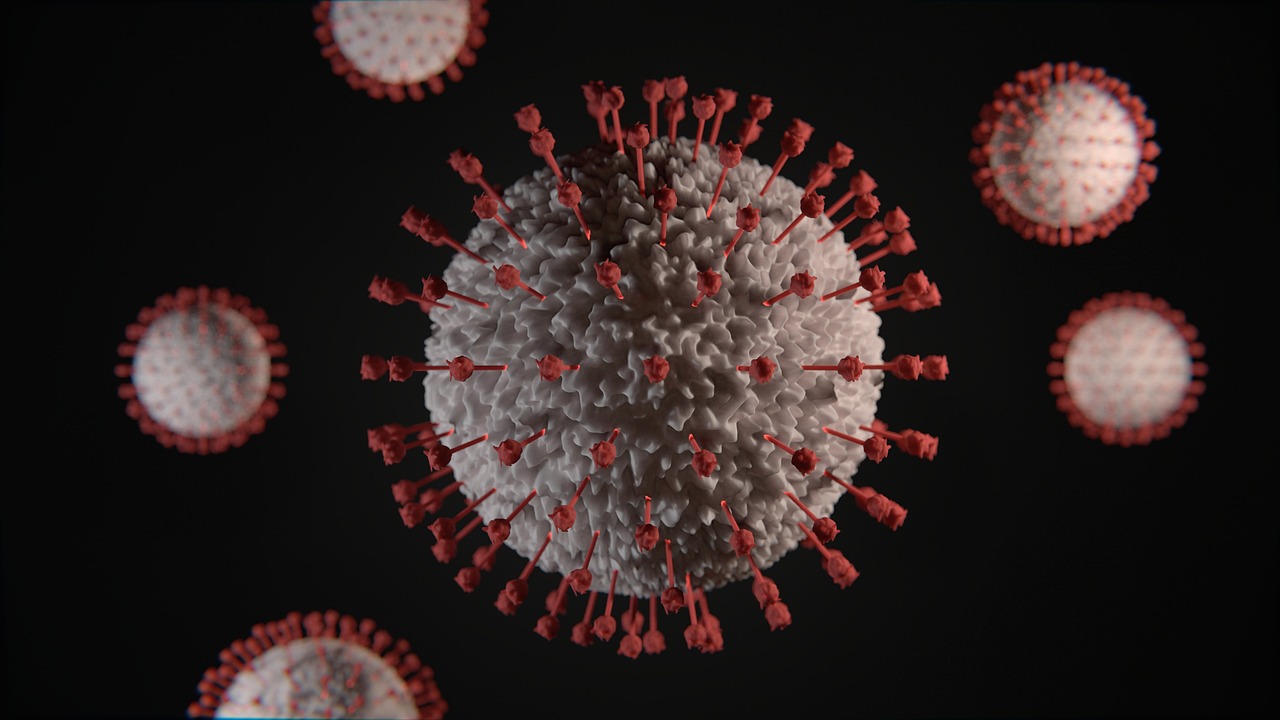
The pandemic revealed shocking gaps between theoretical preparedness and real-world performance. The United States ranked among the top 5 countries on the Global Health Security Index, with a score of 83.5, yet its actual pandemic response told a different story. In absolute terms, the US ranks worst globally in terms of the absolute numbers of cases and deaths since the onset of the pandemic, ranking better than only 4 other countries with respect to cases per million, deaths per million, recovery rate, and tests per thousand. Of the 36 OECD countries, the US ranks 32nd.
Current Disease Surveillance Systems
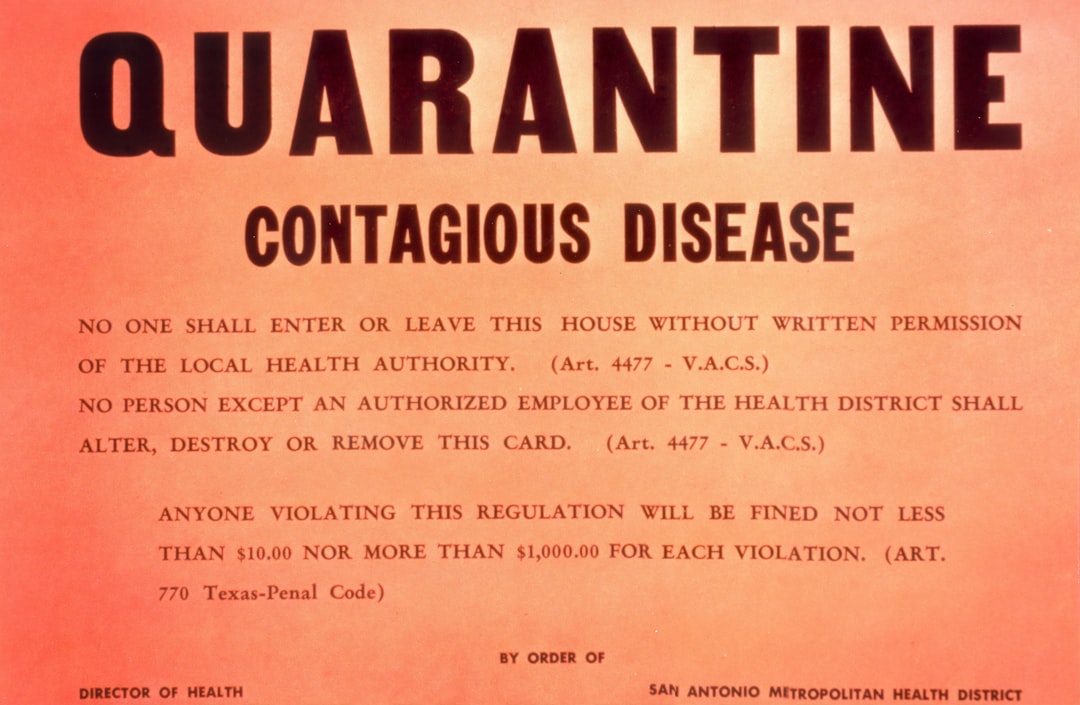
CDC’s Center for Forecasting and Analytics estimates COVID-19 epidemic trends for U.S. states, with Rt estimates as of May 30, 2025. This real-time monitoring represents one of the strongest pandemic preparedness tools available. The system helps public health practitioners prepare and respond by estimating the time-varying reproductive number, Rt, based on data from incident emergency department visits. However, Rt was not estimated for states with fewer than 10 emergency department visits for COVID-19 in each of the prior 2 weeks, detected anomalies in reported values, or where the model did not pass reliability checks.
The H5N1 Bird Flu Test Case

Current pandemic preparedness is being tested by the H5N1 bird flu outbreak. Since the bird flu broke out in the U.S. in 2022, world experts have been watching what many considered a lackluster response by the Biden administration, with diagnostic testing for H5N1 in short supply and testing cattle not mandatory in many states. Infected but asymptomatic cattle can go unnoticed, and farmers who fear economic or other repercussions may be reluctant to report sick cattle. This scenario highlights how state-level policies and agricultural practices directly impact pandemic preparedness.
Healthcare System Capacity Variations

States vary dramatically in their healthcare infrastructure. CDC estimates that from October 1 through November 30, 2024, there have been between 64,000 and 110,000 hospitalizations due to COVID-19 and between 17,000 and 34,000 hospitalizations due to RSV. The national combined peak hospitalization burden depends on whether peaks occur during the same week, with concurrent peaks of COVID-19 and RSV in multiple regions likely in the future. States with higher hospital bed capacity per capita and stronger surge capacity would handle these peaks better.
Laboratory Testing Infrastructure

Testing capacity proved crucial during COVID-19 and remains essential for future pandemics. COVID-19 testing patterns have changed over time, with current case counts including reports of people tested with molecular tests and those tested by healthcare providers using antigen tests, but individuals testing themselves using at-home antigen tests are not included. States with robust laboratory networks and testing infrastructure would be better positioned for rapid pandemic response.
Public Health Workforce and Training
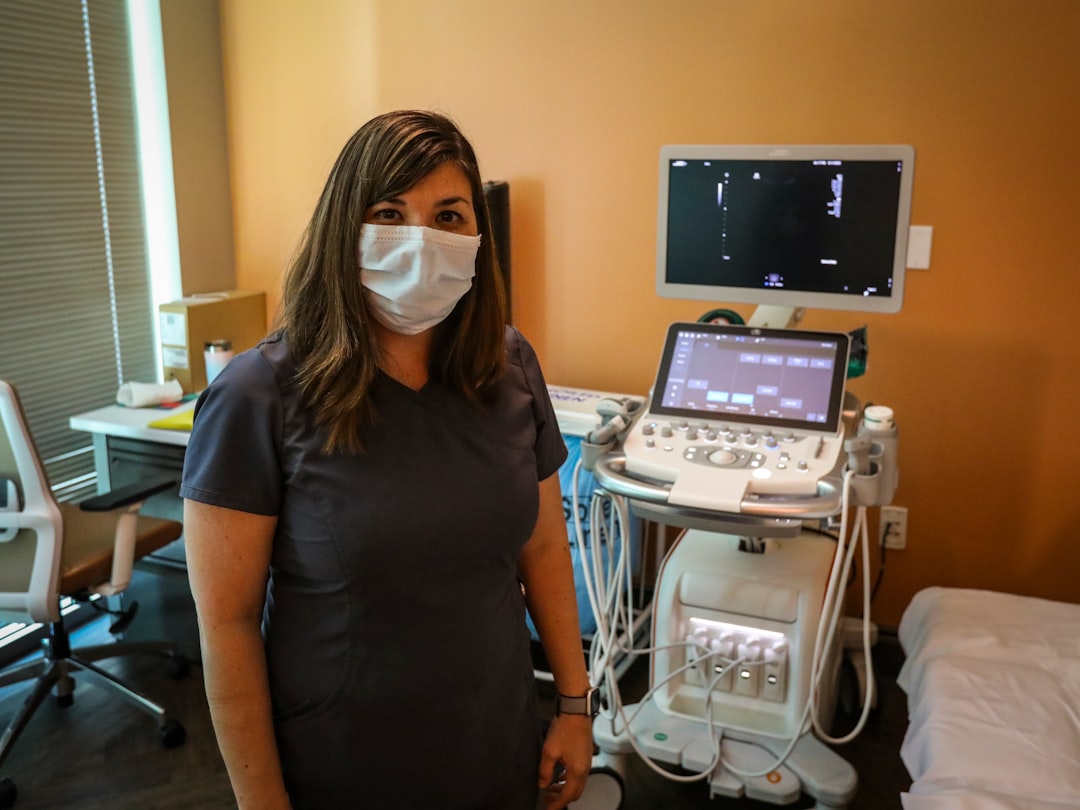
The pandemic exposed critical shortages in public health workers across many states. Coordination and training are inadequate among veterinary, wildlife, and public health professionals and policymakers. States that invested in maintaining strong public health departments and cross-training programs would have significant advantages. The country needs to remove barriers that get in the way of farmers reporting illness or seeking help, highlighting how workforce issues extend beyond traditional healthcare settings.
Financial Preparedness and Resource Allocation

Most countries, including high-income nations, have not made dedicated financial investments in strengthening epidemic or pandemic preparedness, with 155 out of 195 countries not allocating national funds within the past three years to improve their capacity to address epidemic threats. This same pattern likely applies to states. Over 500 farms have utilized USDA assistance programs as of January 2025, showing how federal support can help, but states need their own preparedness budgets.
Technology and Data Systems

Modern pandemic response depends heavily on real-time data and technology systems. Wastewater can be tested to detect traces of infectious diseases circulating in a community, even if people don’t have symptoms, and CDC uses data from emergency department visits to model epidemic trends. States with advanced wastewater surveillance systems and integrated health data platforms would have earlier warning systems and better situational awareness during outbreaks.
International Coordination and Border Management
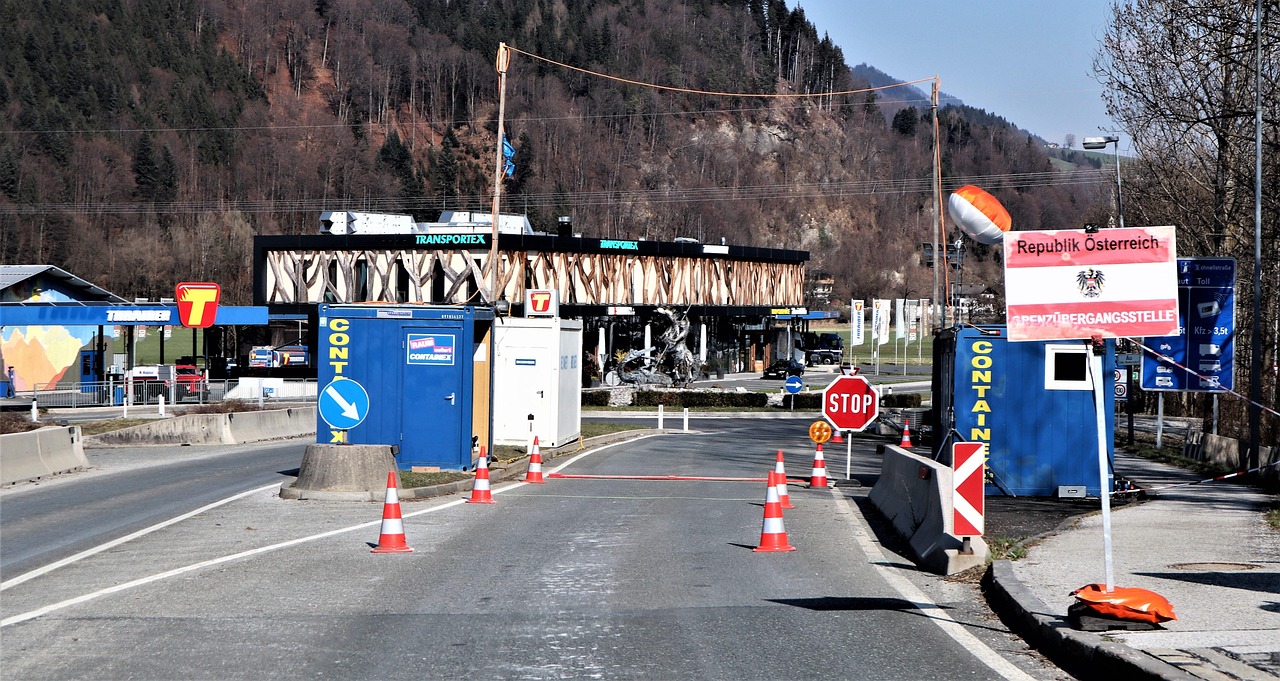
Some states face unique challenges due to their geographic positions. Since mid-February 2025, global SARS-CoV-2 activity has been increasing, with test positivity rates reaching 11%, primarily observed in countries in the Eastern Mediterranean, South-East Asia, and Western Pacific regions. Border states and those with major international airports need enhanced screening and quarantine capabilities.
Manufacturing and Supply Chain Resilience

Manufacturing USA is a national network created to secure U.S. global leadership in advanced manufacturing, with 16 manufacturing innovation institutes covering sectors relevant to pandemic response including biopharmaceutical manufacturing, bioindustrial manufacturing, additive manufacturing, and advanced robotics. States hosting these facilities or having robust manufacturing sectors would be better positioned to produce essential medical supplies during shortages.
Emergency Response Coordination
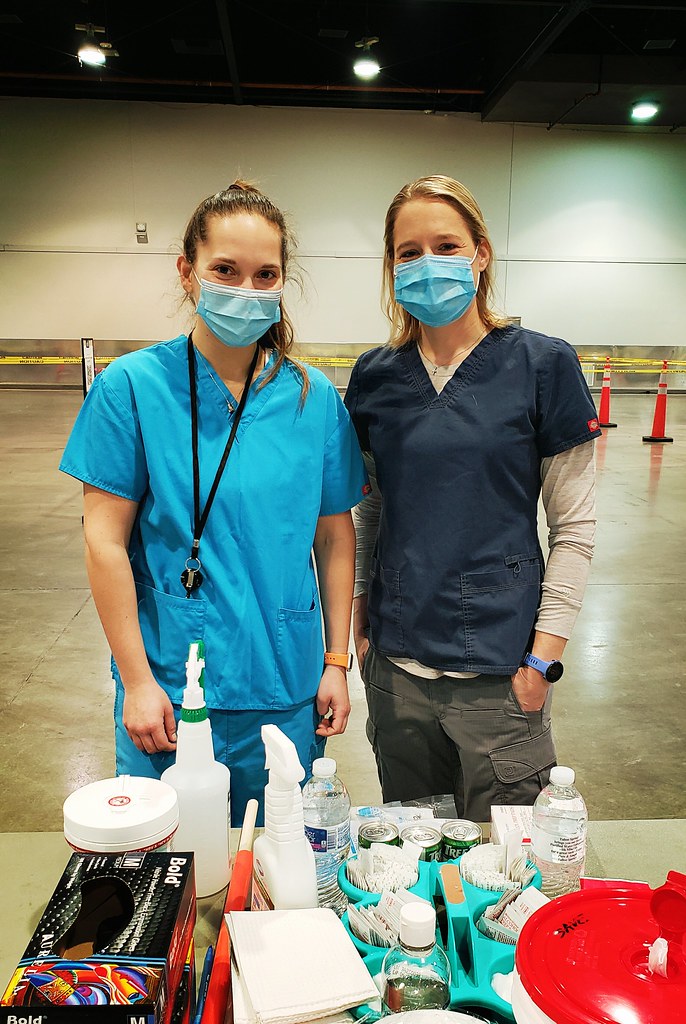
Nearly two-thirds of countries have not published and implemented an overarching national public health emergency response plan for diseases with epidemic potential, and 73% of countries do not have the ability to provide expedited approval for medical countermeasures during a public health emergency. States with comprehensive emergency response plans, regular drills, and clear command structures would respond more effectively to pandemic threats.
Lessons From the Global Pandemic Agreement
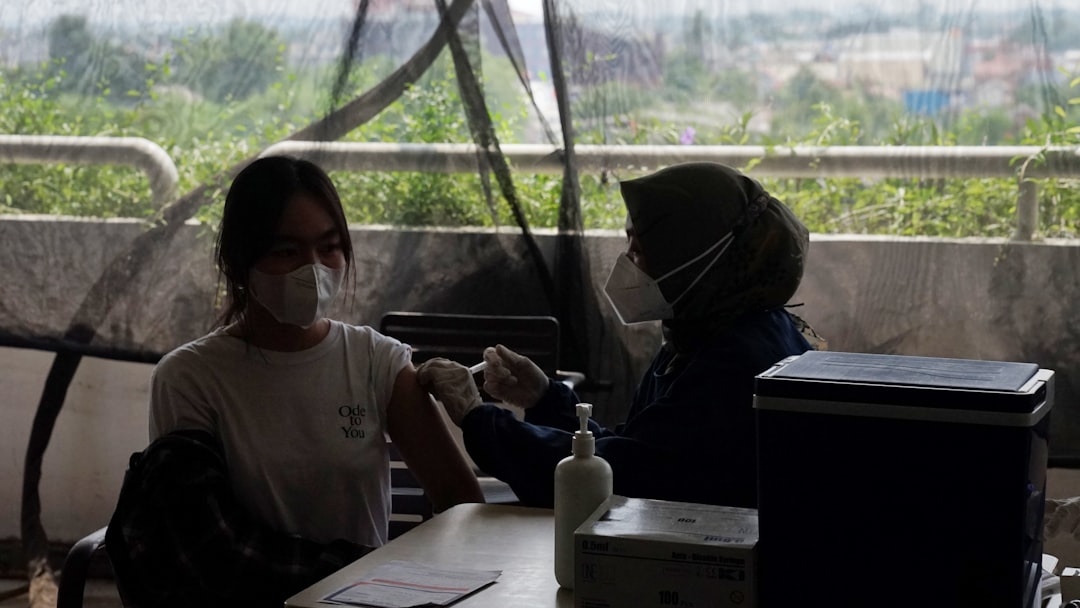
The WHO Pandemic Agreement was adopted on 20 May 2025, with WHO Member States reaching consensus on the proposed text in April 2025. This international framework emphasizes the need for coordinated response, but implementation depends on local and state-level preparedness. The agreement includes strengthening and expanding capacities for pandemic prevention, preparedness and response, and helping make needed surge financing available.
Looking Forward: What States Need Now
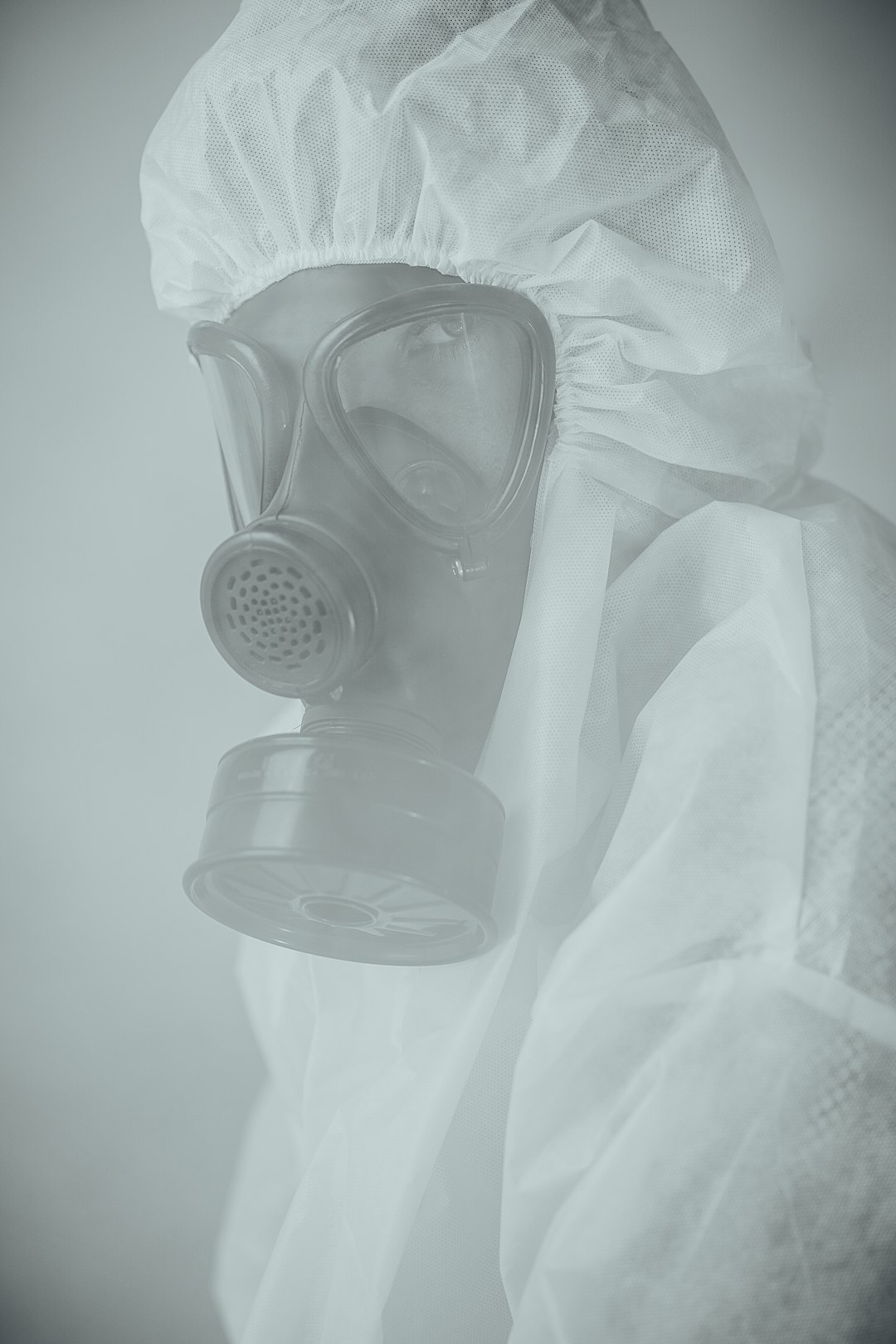
The evidence suggests that no state is fully prepared for the next pandemic, but some are positioning themselves better than others. The COVID-19 pandemic led to the loss of more than 7 million people worldwide and trillions of dollars from the U.S. economy, with pandemics affecting all aspects of society. States that learn from these lessons and invest in comprehensive preparedness—from healthcare capacity to surveillance systems—will be better positioned when the next pandemic arrives. The question isn’t whether another pandemic will come, but which states will be ready to protect their citizens when it does.





